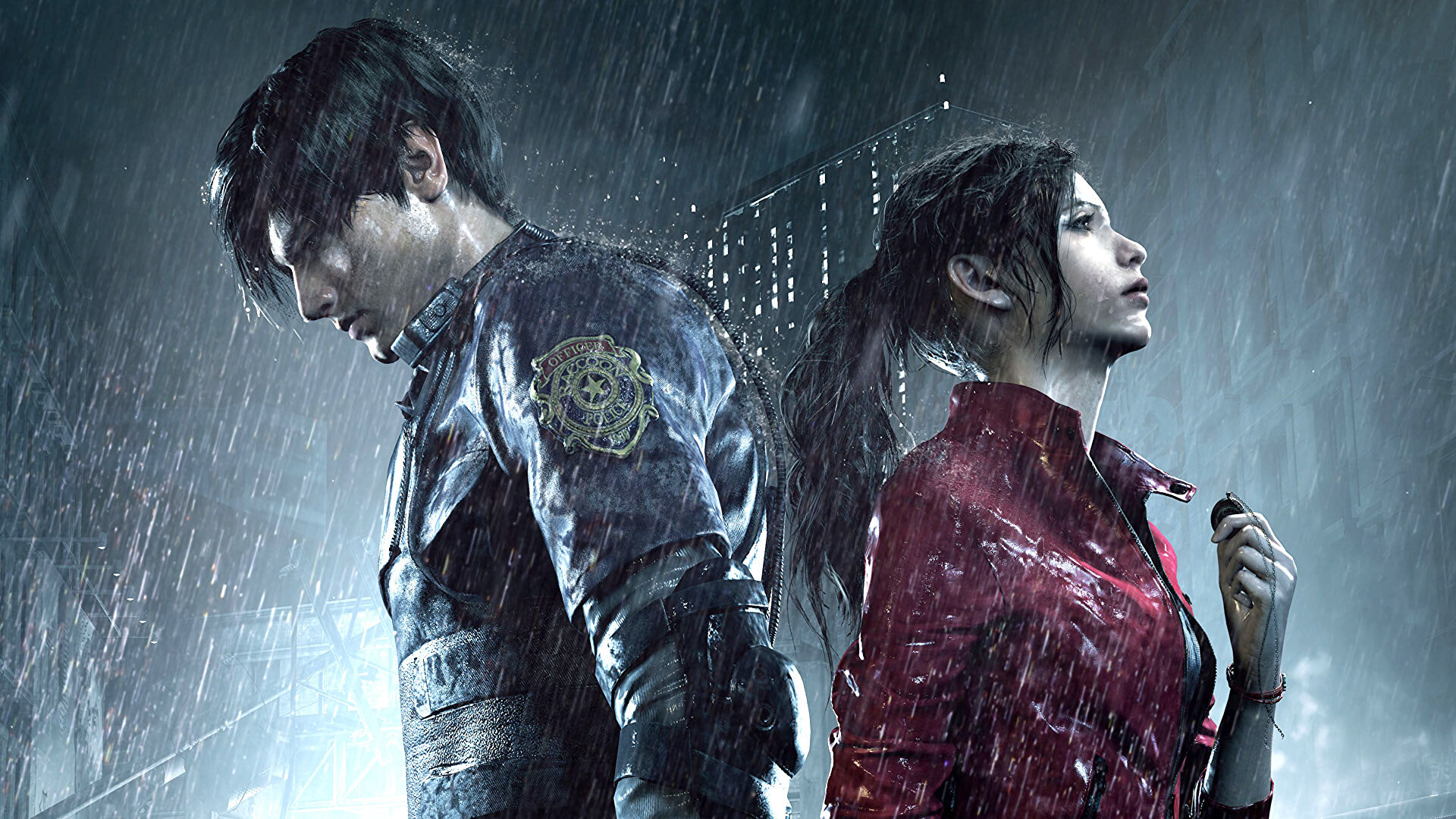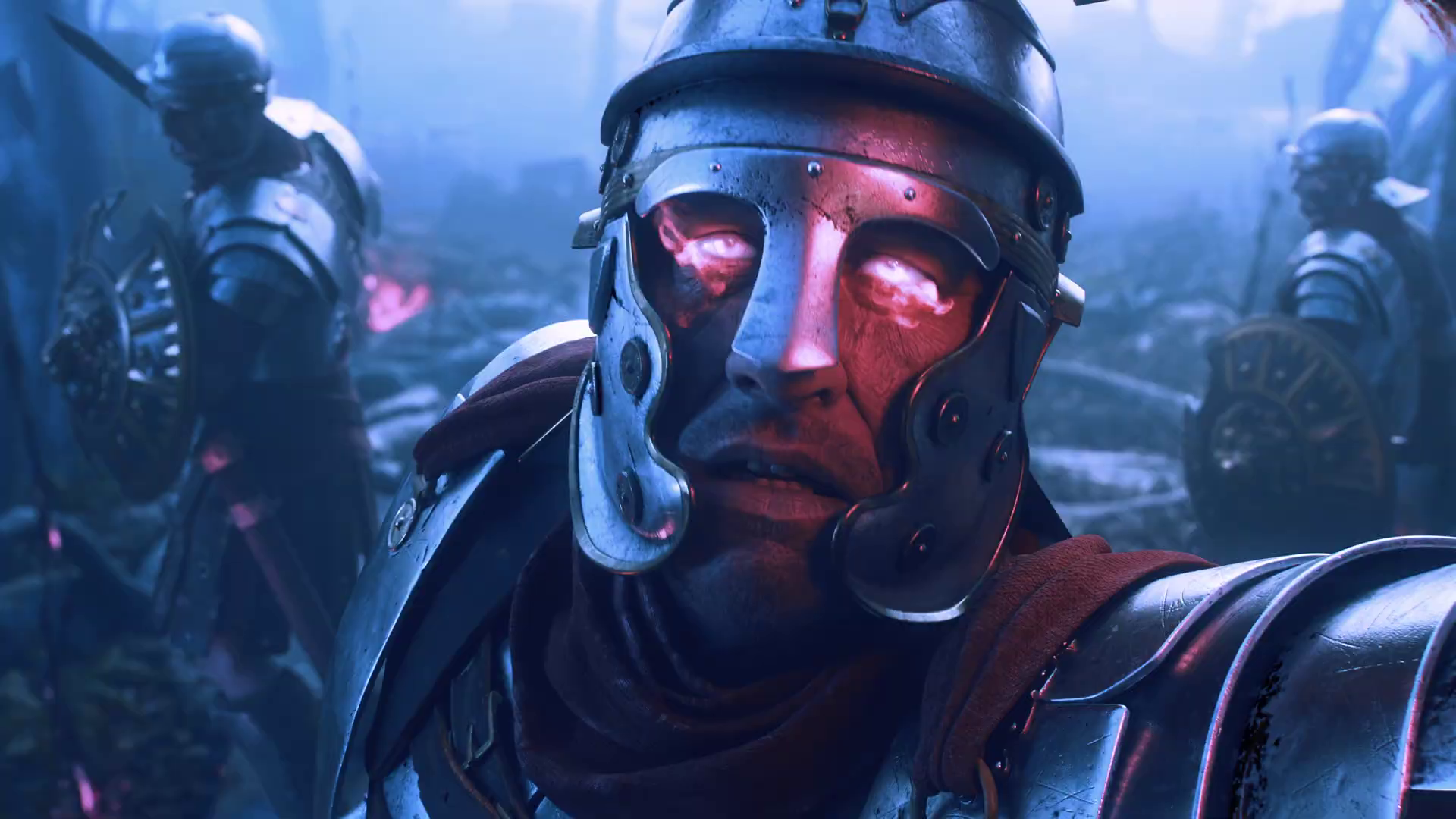

There was good news for Resident Evil fans last week, as Capcom released free updates for Resident Evil 2 Remake, its sequel, and the game that debuted the impressive RE engine: Resident Evil 7. These upgrades effectively brought the existing RE-powered series entries up to par with the feature set of Resident Evil Village, with the introduction of ray tracing and 120Hz support. PC patches for this trio of titles were also released, but it’s safe to say that the upgrades are somewhat hit and miss. Perhaps more importantly, after quality issues surrounding RE Village on PC, it’s disappointing to see more lacklustre PC ports. I took a look at Resident Evil 2 Remake and in several respects, the new code is quantifiably inferior to the older versions. In context with other disappointing Capcom PC releases, it’s clear that the technical quality of these games isn’t where it should be – and gamers deserve better.
In fact, the situation with these PC upgrades proved such a problem for so many users that Capcom quickly restored the older versions, available for download via a Steam beta branch. On the one hand, it is a positive move for Capcom to respond so quickly to the outcry from the community – but tellingly, it also demonstrates that the update is so flawed that even Capcom agrees that the existing versions had to be restored. The new versions are still the default download too, even though the vast majority of PC users are better served by the older builds. In putting together my critique, I focused on the most challenging game of the bunch – Resident Evil 2 Remake – though many of the points raised apply to the other titles.
I’ve not got much that’s positive to say, but there’s no doubt about it: ray tracing support delivers a boost to overall quality, specifically because the RT reflections replace the awful screen-space reflections found in the older version. Ray-traced global illumination is also a good plus point, replacing screen-space ambient occlusion with much more accurate ambient shadowing and even including local bounce lighting on top of the static GI for dynamic elements. However, the RT is of a low resolution and quality, with no scalability upwards for more powerful hardware. Beyond that, another semi-hidden upgrade is the interlacing/checkerboard option used by the consoles and now working well on PC, a good way to boost performance with limited drawbacks (mostly on RT reflection quality and transparent effects).

